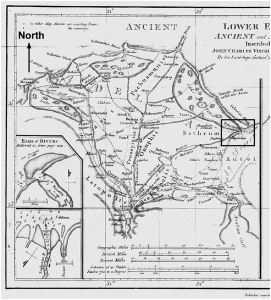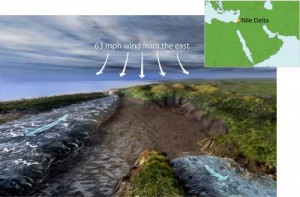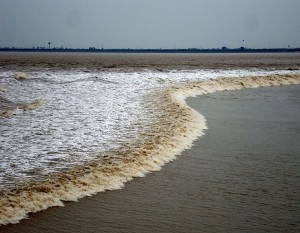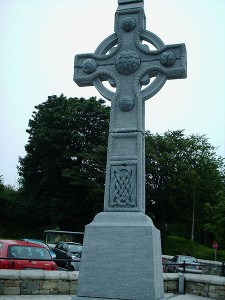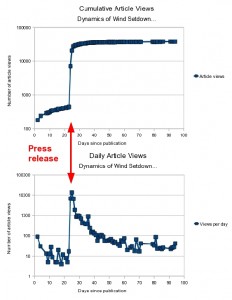That was the title of the article in Newsmax magazine, December 2012, pages 64-66. The subtitle was:
Researchers use new technology to search for the truth behind the stories in the Bible.
This article gave several examples of scientific research that supports certain biblical accounts. Newsmax reporter Jack Penman led off by describing my research about Moses and the Israelites crossing the Red Sea. I published a paper in the peer-reviewed journal PLoS ONE describing the meteorological phenomenon of wind setdown occurring at a place called the Kedua Gap in the eastern Nile delta. A strong wind blowing overnight can indeed cause the waters of the yam suf to recede and divide.
Newsmax covered the following research topics:
- Parting of the Red Sea during the Hebrew Exodus from Egypt
- The 10 Plagues
Author Graham Phillips attributes the plagues visited upon Egypt during the Exodus to the eruption of the volcanic island Thera (Santorini) in Greece. I am more familiar with biblical scholar Kenneth Kitchen, who points out that the first nine plagues correspond to a physical sequence of catastrophic natural events following a high Nile. (See “On The Reliability of the Old Testament” (2003), Table 18 on page 251.) - Resurrection of Lazarus
The article cites the resuscitation of a woman declared medically dead. To me, this example does not match the details of the story recorded in John 11. Nevertheless, we Christians are supposed to follow Jesus’ example, and if we can prevent premature death by medical means, that’s all to the good! - Destruction of Sodom and Gomorrah
The article mentions a hypothesis that the two sinful cities were destroyed by an asteroid, and the event was recorded on a Sumerian clay tablet. You can read more at this article, or search for these keywords: Sodom Gomorrah asteroid Sumerian astronomer Alan Bond Mark Hempsell Köfels. - Burning Bush
Colin Humphreys suggested in his book “The Miracles of Exodus” (2004) that the burning bush was above a volcanic fissure emitting hot gases. - Noah’s Flood
The article cites William Ryan and Walter Pittman and the Black Sea Flood as being the probable source of the Flood story in Genesis and the Gilgamesh Epic.
Whether these ideas will withstand further research and scientific scrutiny remains to be seen, and this is true of all hypotheses. What is notable about the Newsmax article is that they have taken neither extreme position:
- Every biblical event occurred exactly as some fundamentalists interpret the King James Version of the Bible.
- The Old Testament contains no valid history prior to the Babylonian exile; it was fabricated by Hellenic Jews to create a fictional glorious history.
With regard to extreme position 1, Ryan and Pittman understand the Flood to be a local flood, not a global one. The Black Sea flood was a traumatic event for the people of the time, and they carried those memories forward in their oral history. There is no young-earth Flood Geology here.
Extreme position 2 is rejected by the findings of science. Not only are the biblical narratives scientifically plausible and difficult for ancient bards to fabricate, but research confirms important details of the stories. The plagues follow a natural chain of environmental events; the author of Exodus is not merely stepping through the Egyptian pantheon.
Reporter Jack Penman concludes: “maybe science and religion can better coexist.” Amen to that!
